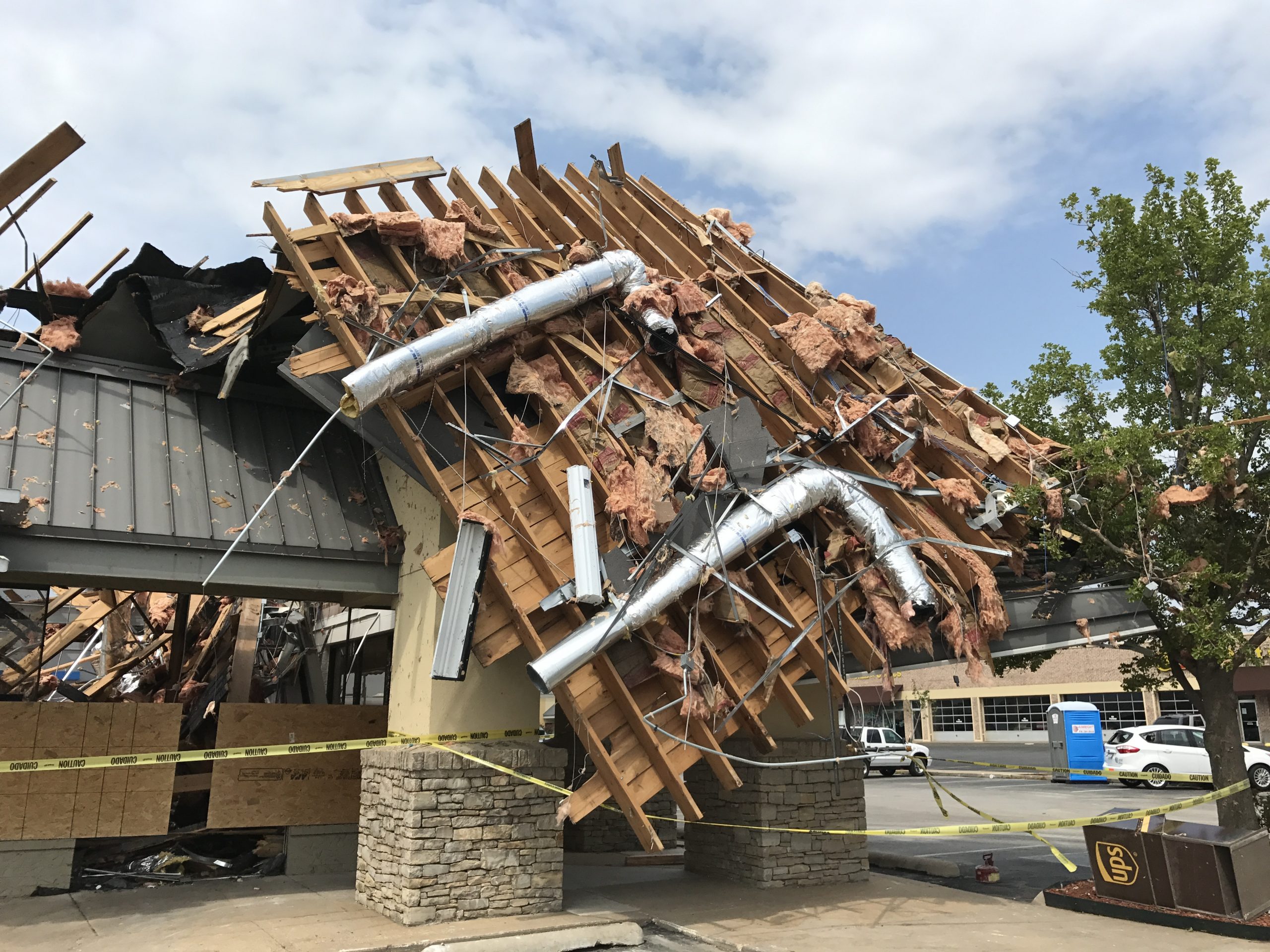Sounds like it would be a great TV show, doesn’t it? Picture it: a bunch of nerds (cool nerds, mind you) running around in their leather jackets and sunglasses solving high profile cases involving catastrophic failures while using x-ray spectroscopy, 3D holographic modeling and a calculator…no?
Speaking as a forensic structural engineer, that’s a pretty accurate depiction of what I do.
With the exception that I’m usually crawling around the floor or on ladders wearing dirty jeans and a safety vest instead of a leather jacket.
And usually solving issues like why there are cracks in your grocery store’s wall instead of investigating high-profile collapses.
And usually employing tools like a hammer, flashlight and tape measure instead of x-ray spectroscopy and 3D holograms.
But still busting out the calculator now and then. And still cool. Obviously.
Forensic structural engineering encompasses all the news stories that come to mind, such as investigations into the causes behind the failure of the I-35W bridge in Minnesota and the partial collapse of the Hard Rock Hotel during construction in New Orleans. However, catastrophic events like these are (thankfully) relatively uncommon.
So what makes up the day to day work of a forensic structural engineer?
At Wallace Engineering, I’m part of a team that deals with everyday structural forensics. The core of our forensic work is serving clients by listening to their building or structural concerns, evaluating the damage, identifying the underlying cause(s) and providing economical repairs to keep their buildings safe and serviceable.
While we do get emergency calls for evaluations of buildings severely damaged by impacts or natural disasters, such as tornadoes or hurricanes, a significant number of our investigation requests are for more mundane things, like cracked walls and slabs, corroded structural steel and spalling or deteriorating concrete.
Maybe not as sensational as apocalyptic failures, but still vitally important to our clients and their everyday business operations.
Plus, I think if we did have a TV show, the episode descriptions might look a little more exciting than you’d think:
The Investigation of the Cracked and Sloping Slab-On-Grade
Runaway shopping carts and trip hazards in the floor prompt a department store owner to seek help. Wallace Engineering performs a laser level survey to document slab cracks and slopes in hopes of determining an underlying cause, yet knows their conclusions regarding heave or settlement will be limited unless they are able to track down the original Geotechnical report and construction drawings.
The Investigation of the Stair-Step Cracks in the Masonry Wall
When a few stair-step cracks are suddenly noticed in a concrete masonry unit (CMU) wall, Wallace Engineering gets called in to investigate. Using R-meter and infrared scan technology, the engineers race against the clock to determine if reinforcement and grout were placed as specified, so any required repairs can be incorporated into the upcoming remodel.
The Investigation of the Tornado Damage
A tornado has ripped through a small Texas town, taking a portion of a local grocery store’s roof with it. Wallace Engineering descends upon the site to determine the extent of severe structural damage and aid the owner and emergency response contractors in identifying areas that may remain open, pending the construction of a temporary wall.
The Investigation of the Impact-Damaged Columns
A mysterious series of forklift hit-and-runs leaves several warehouse steel columns bent and punctured, calling into question the structural integrity of the metal building. Armed with a plumb bob, calipers and a scissor lift, Wallace Engineering heads to the site ready to evaluate.
You’re hooked, right? Forensic structural engineering is a good mix of piecing clues together to get to the bottom of mysteries and analyzing structural damage to determine safety. Stay tuned for future posts about structural forensics!
Related posts:
Structural Forensics Engineering Breakdown: What Are Building Owners’ Top Structural Concerns?
Heave or Settlement? Digging into the Cause of Slab On Grade Damage
Champlain Towers South Condo Collapse: An In-Depth Look at Concrete Spalling



There are no comments.